
AeroGenie — あなたのインテリジェントな副操縦士。
現在のトレンド
Categories
Etihad Reports Profit Growth Amid Fleet Expansion
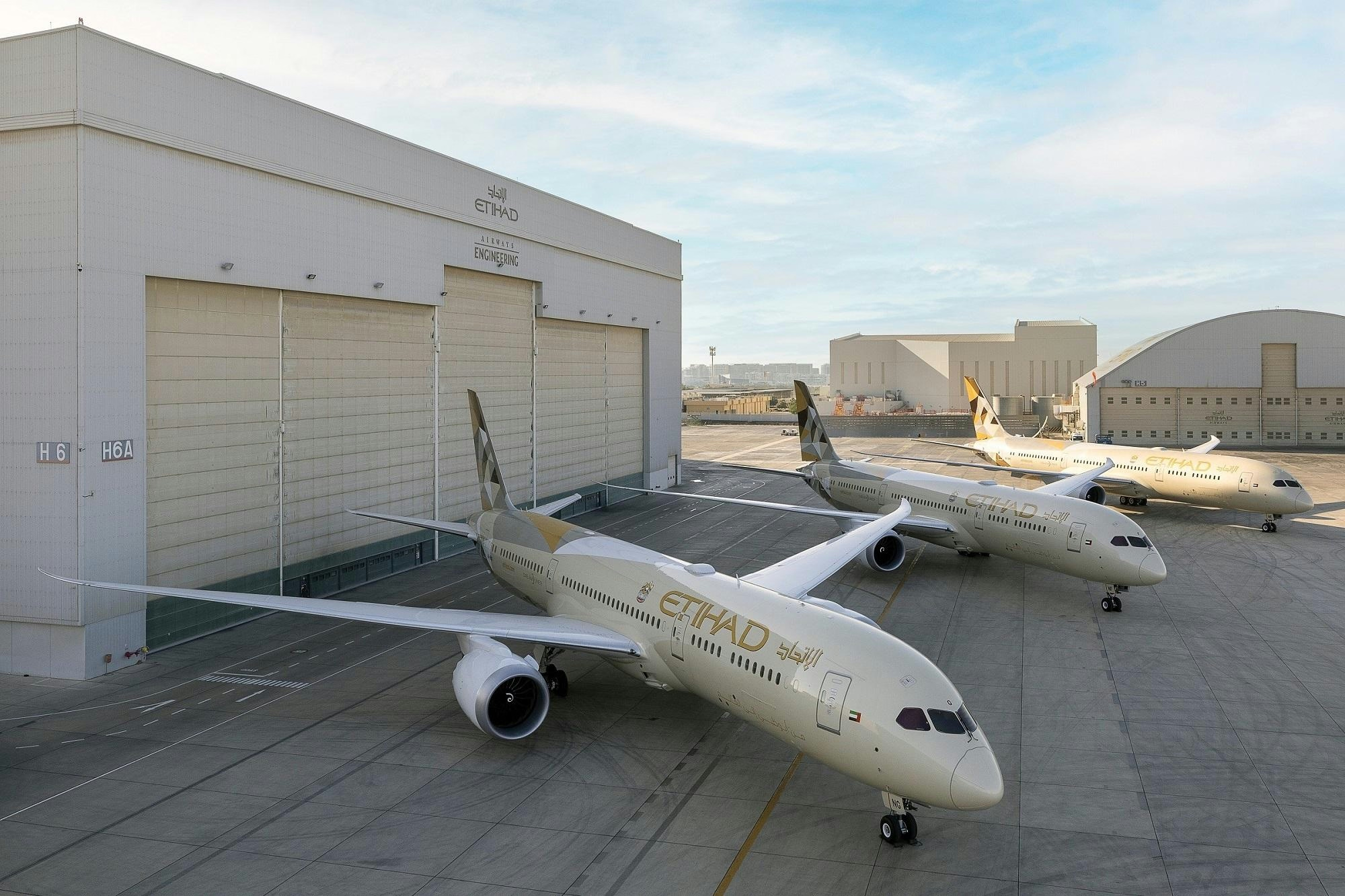
Etihad Reports Profit Growth Amid Fleet Expansion
Robust Fleet Expansion Drives Capacity and Profit Gains
Etihad Airways has reported a substantial increase in both profit and capacity during the third quarter, propelled by a significant expansion of its fleet. Between July and September, the Abu Dhabi-based carrier introduced nine new aircraft, including its first three Airbus A321LRs, three Boeing 787s, two Airbus A350s, and one A320. This addition raised the airline’s total fleet to 115 aircraft, marking a net increase of 19 compared to the same period last year. The airline characterized this timeframe as “one of [its] busiest delivery periods,” highlighting the successful entry into service of the A321LR on August 1 with a flight to Phuket, which garnered positive passenger feedback.
The expanded fleet capacity translated into a more than 20% increase in available seats compared to the third quarter of the previous year. Over the first nine months of 2023, Etihad’s overall capacity grew by 17%, while net profit surged 26% to Dhs1.7 billion ($463 million). Revenues also rose by 18%, reaching Dhs21.7 billion. Chief Executive Antonoaldo Neves emphasized the airline’s strong performance, stating that Etihad has “set a new benchmark, outpacing the market and driving nearly half of the United Arab Emirates’ total passenger growth,” which he described as “a clear validation of our strategy.”
Navigating Rising Costs and Intensifying Competition
Despite these positive financial results, Etihad’s expansion occurs against a backdrop of rising operational costs and heightened competition within the region. Rival airlines are adapting to evolving market conditions, with Emirates reporting strong demand for premium cabins and American Airlines revising its profit outlook upward due to robust premium demand and improved pricing. The competitive environment remains dynamic, as Gulf carriers—including Etihad and Oman Air—engage in discussions about the future trajectory of global travel growth and the challenges facing the aviation industry at forums such as the Skift Global Forum East.
As Etihad continues to grow its fleet and broaden its network, the airline confronts the complex task of sustaining profitability while managing increased expenses and competitive pressures in an industry undergoing rapid transformation.
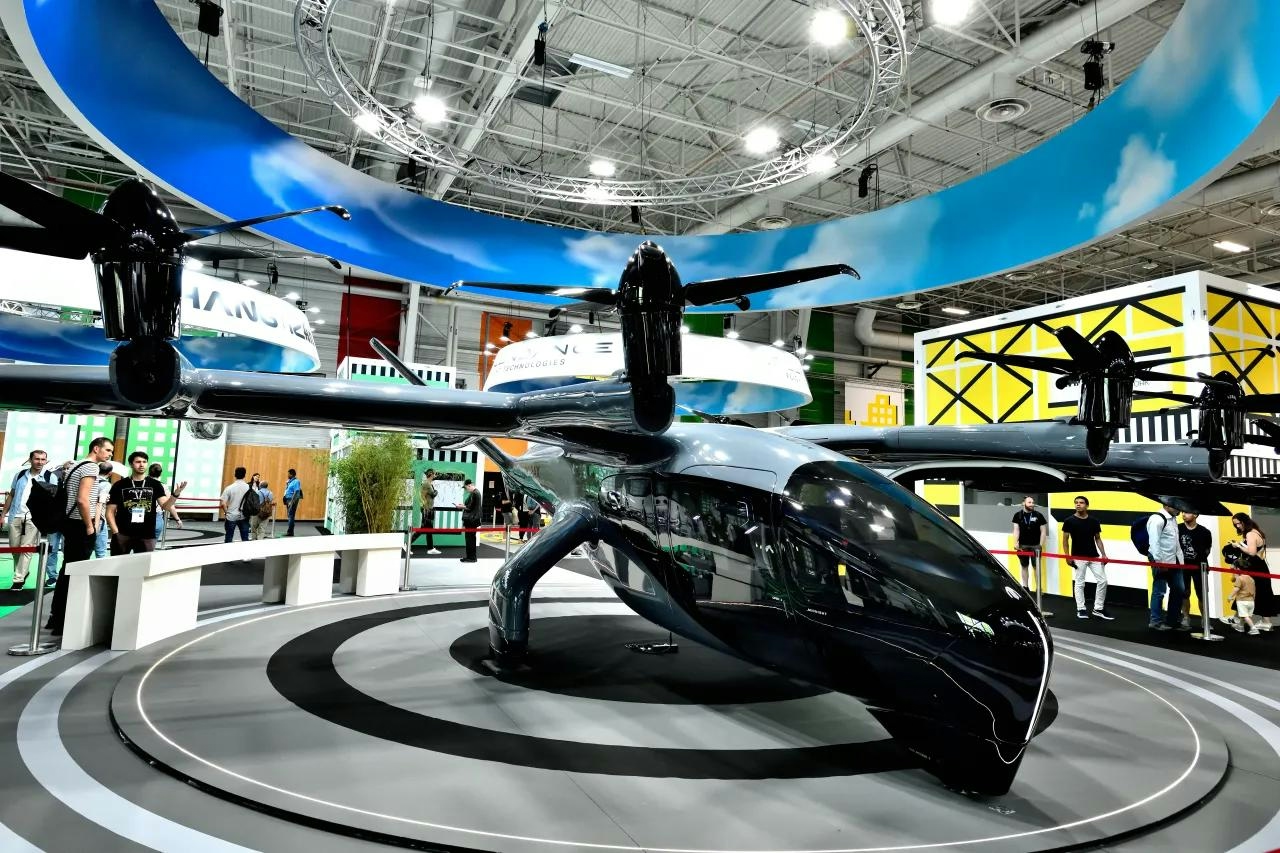
UAE Conducts Successful EVTOL Flight Tests to Boost Tourism

United Airlines to Introduce New Long-Haul Aircraft in 2026
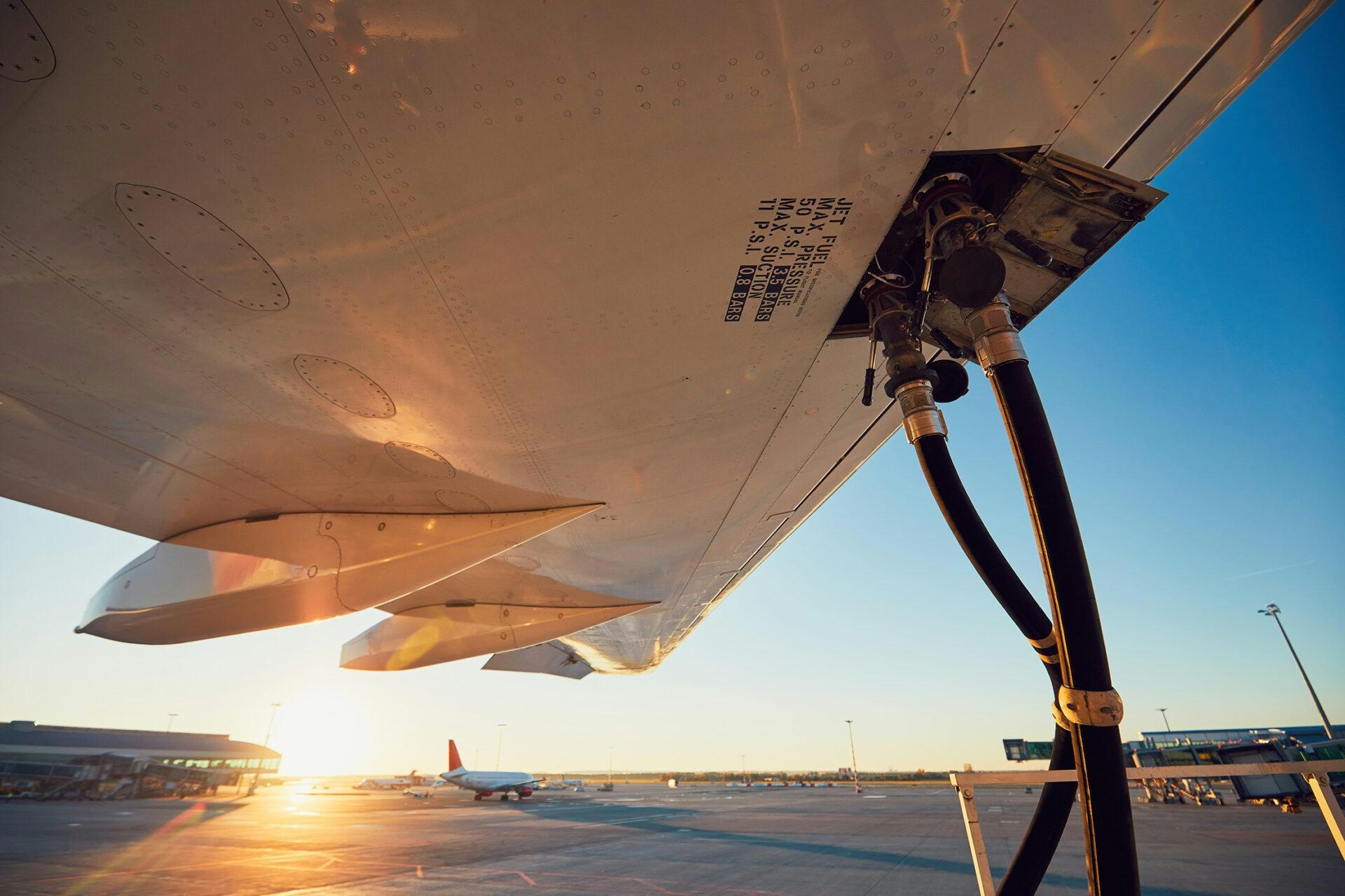
Urban Waste Fuels Advances in Sustainable Aviation
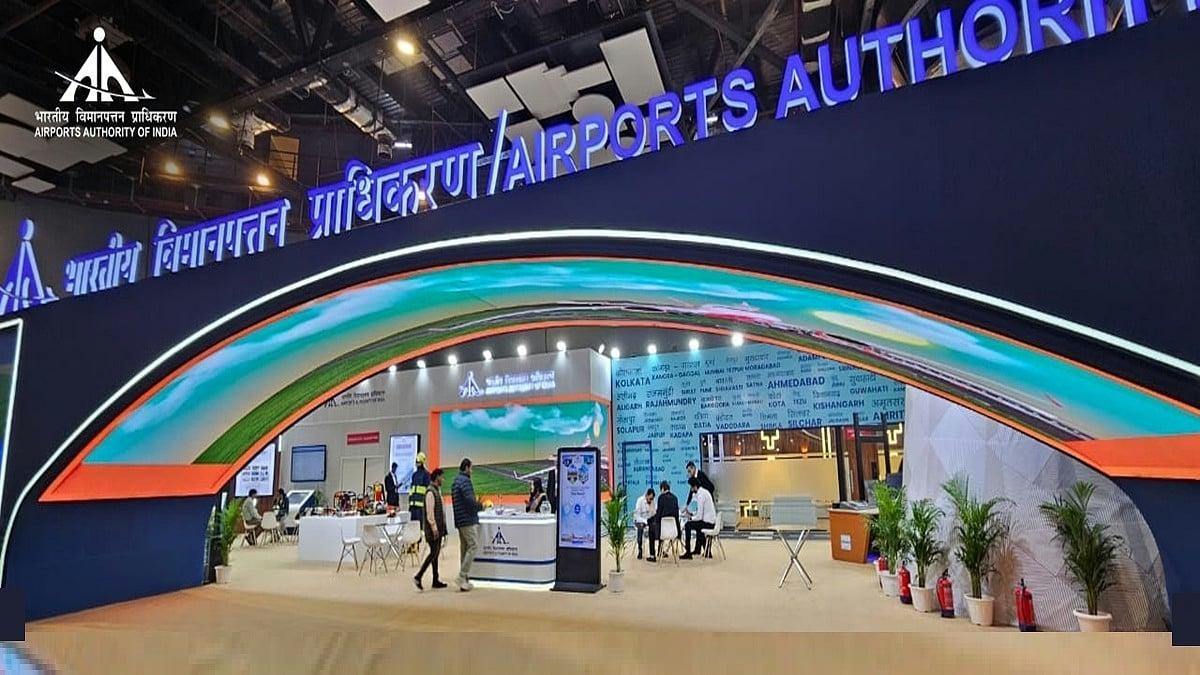
AAI Presents Aviation Innovation and Connectivity Vision at IITF 2025
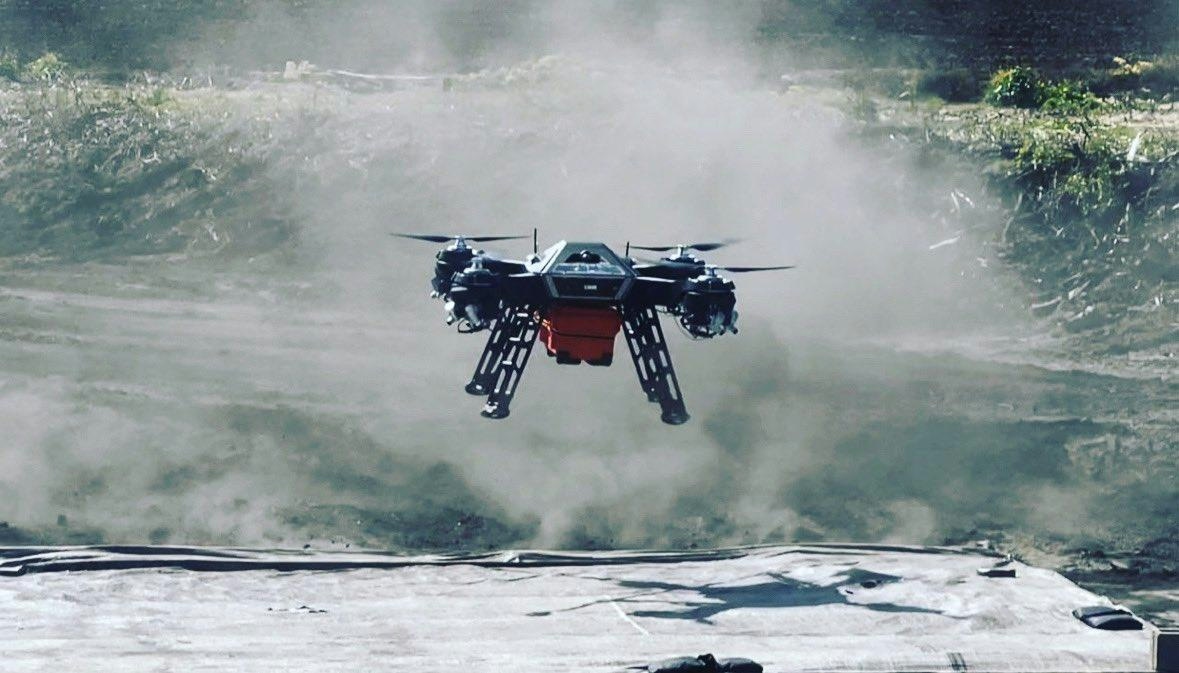
Parallel Flight Technologies and the Role of Hybrid Power in Uncrewed Aviation
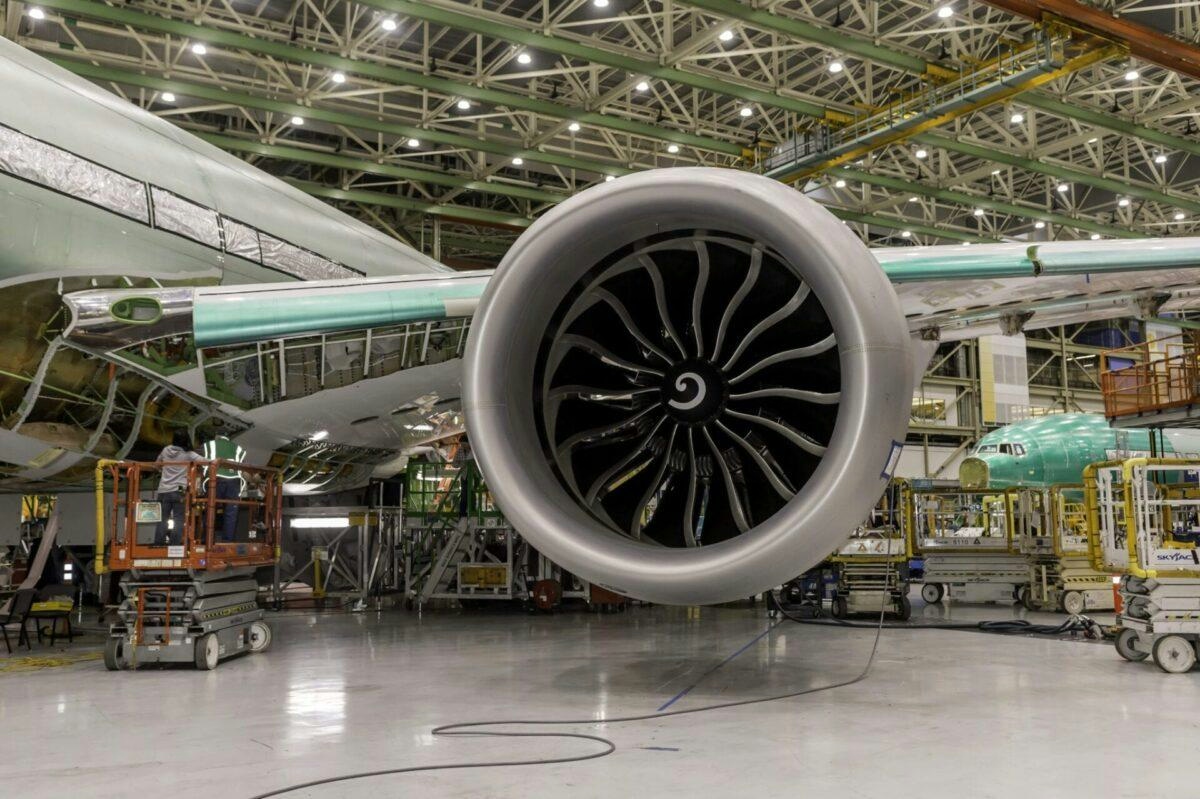
2026 Rolls-Royce UltraFan Engine: Raising the Bar for Performance, Efficiency, and Sustainability in Aviation
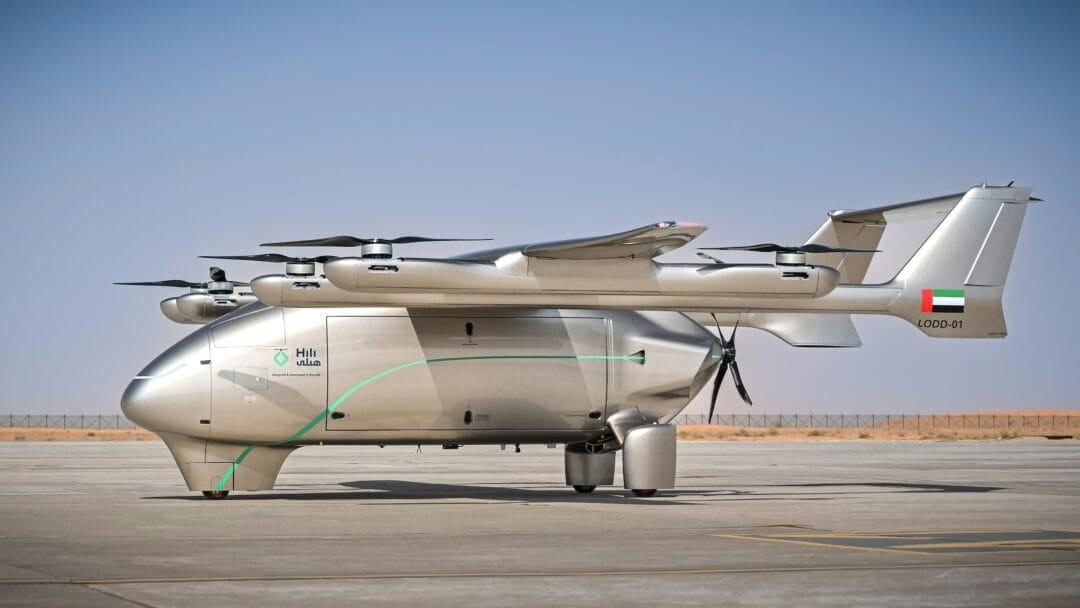
LODD Autonomous Completes First Test Flight of Hili Aircraft in Al Ain
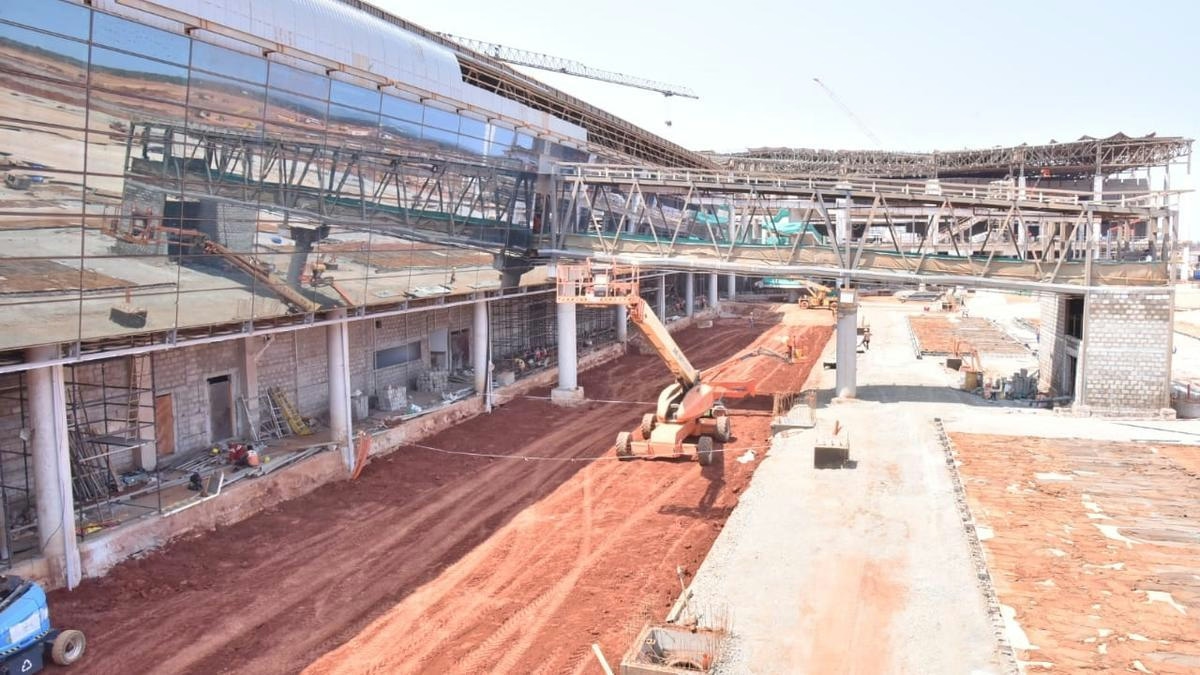
Bhogapuram International Airport in Andhra Pradesh to Feature World’s Largest MRO Facility

PXCom Unveils AI Tool for Onboard Server Updates at APEX FTE Asia Expo
